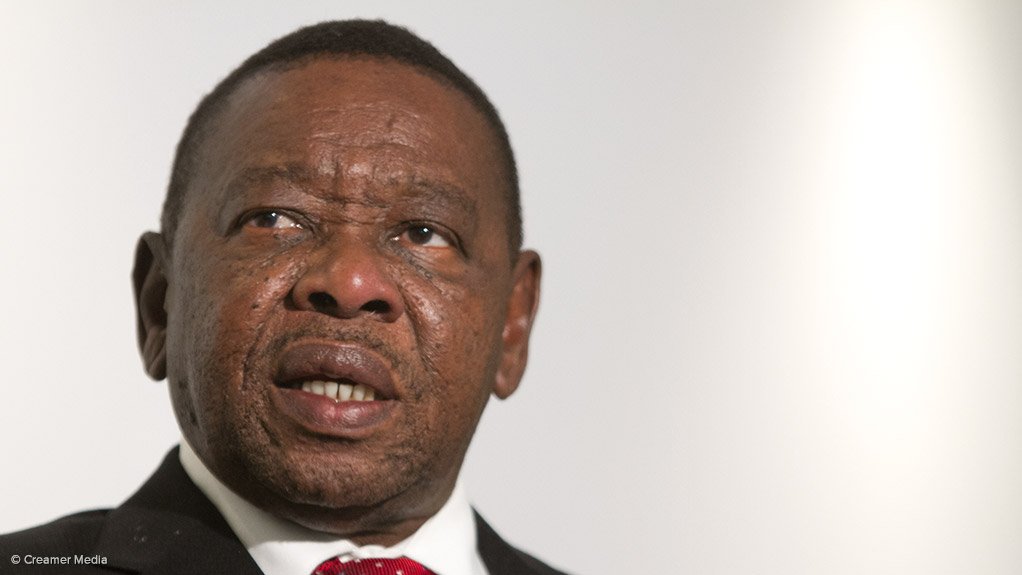Over the next three years, the Department of Higher Education and Training (DHET) will spend R5-billion on implementing new and improving existing infrastructure and equipment at further education and training (FET) colleges.
A portion of the funds would also be spent on upskilling FET lecturers, Higher Education and Training Minister Blade Nzimande revealed at the second National Skills Conference, in Johannesburg, on Thursday.
Government would spend a further R2-billion on FET bursaries in 2013, up from R18-million in 2009. New FET programmes are also being developed to assist learners who graduate with only a matric certificate and those who drop out of school before completing matric.
Government is also planning on introducing community colleges to assist adults who did not attend high school.
Nzimande noted that the National Skills Conference came at an opportune time.
“As the department, we are in the final stages of producing a White Paper on post school education and training, the landscape of which will change for the better. I am glad that all stakeholders are present at this conference so that we can reflect on how we can strengthen the education and training system to take it to a higher level to develop and strengthen the economy,” the Minister stated.
He noted that billions of rands were spent on FET colleges, universities and sector education and training authorities (Setas) and other institutions; however, he questioned whether the money entrusted by the taxpayers was being used to respond to skills development challenges.
“Are we succeeding in stopping corruption, which uses this money for theft and self-enrichment? Every cent must go to the beneficiaries and not to the enrichment of individuals. The system we seek to build is dependent on cooperation from everyone and this conference is the platform to give everyone a chance to make a commitment,” he added.
The relationships between Setas and FET colleges were also important, he stated, noting that there was almost no relationship between FET colleges, Setas and universities of technology.
POST-APARTHEID EDUCATION
Nzimande, however, blasted claims that government had, since 1994, made no progress on education and that, compared with South Africa’s current education system, the apartheid education system was better.
“It is a lie and an insult to those who suffered under the apartheid system. We have made much progress. For example, the [relevant] United Nations millennium development goal states that children up to the age of 15 must attend school.
“We are close to meeting that goal, as more than 90% of our children in that age group are in school. At the end of apartheid, there was a variety of spending on each child. White children had the most funding but, today, we are spending equal amounts on all our children. The challenge is whether the money is being spent properly,” he stated.
He further questioned whether budgeted education funds were being used to deal with “the dire situation of the black child in South Africa today”, adding that responding to the needs of the country’s children was important to prevent a “doomed democracy”.
Meanwhile, the simultaneous high youth unemployment rate and a large shortage of employable skills was a significant challenge, he noted, suggesting that the country's economy had to match the skills it required with the capacities of the unemployed youth in the country.
EMAIL THIS ARTICLE SAVE THIS ARTICLE
To subscribe email subscriptions@creamermedia.co.za or click here
To advertise email advertising@creamermedia.co.za or click here











